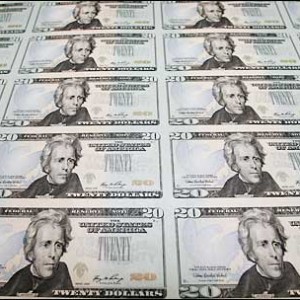SINGAPORE – The US dollar traded near a seven-year high against the yen Monday after Japan’s surprise decision last week to widen its stimulus and speculation that US interest rates could be hiked sooner than later.
The greenback bought $112.74 – its highest since December 2007 – in Singapore late-morning trade, compared with $112.35 yen in New York late Friday.
The euro was at $1.2476 against $1.2525, while it also bought 140.68 yen compared with 140.71 yen. Japanese markets were closed for a public holiday.
Singapore’s United Overseas Bank (UOB) said “the dominant influence on markets” was the Bank of Japan’s surprise announcement on Friday that it would expand its already vast asset-purchasing scheme in a bid to kickstart the economy.
Policymakers at Japan’s central bank said they would add up to 20 trillion yen to the scheme, bringing it to 80 trillion yen annually.
The decision follows a string of poor data that has fanned fears the world’s number three economy, which contracted in April-June, may contract in the following three months, technically putting it in recession.
In the United States, UOB said dealers are focused on US jobs data that will be released on Friday.
“The US jobs data could swing market expectations for the Federal Reserve’s future course of interest rate actions,” the Singapore lender said.
The Fed’s optimistic comments on the state of the jobs market last week were seen as more hawkish than in the past, fueling speculation of a possible earlier rate hike.
The US central bank said in a policy statement last week it would keep near-zero interest rates for “a considerable time” after the end of the quantitative easing programme, sticking to its timetable of an increase well into 2015.
UOB said the US unemployment rate is expected to remain unchanged at 5.9 percent, while the non-farm payrolls data will likely show an addition of 215,000 jobs in October, compared with 236,000 jobs in September.
